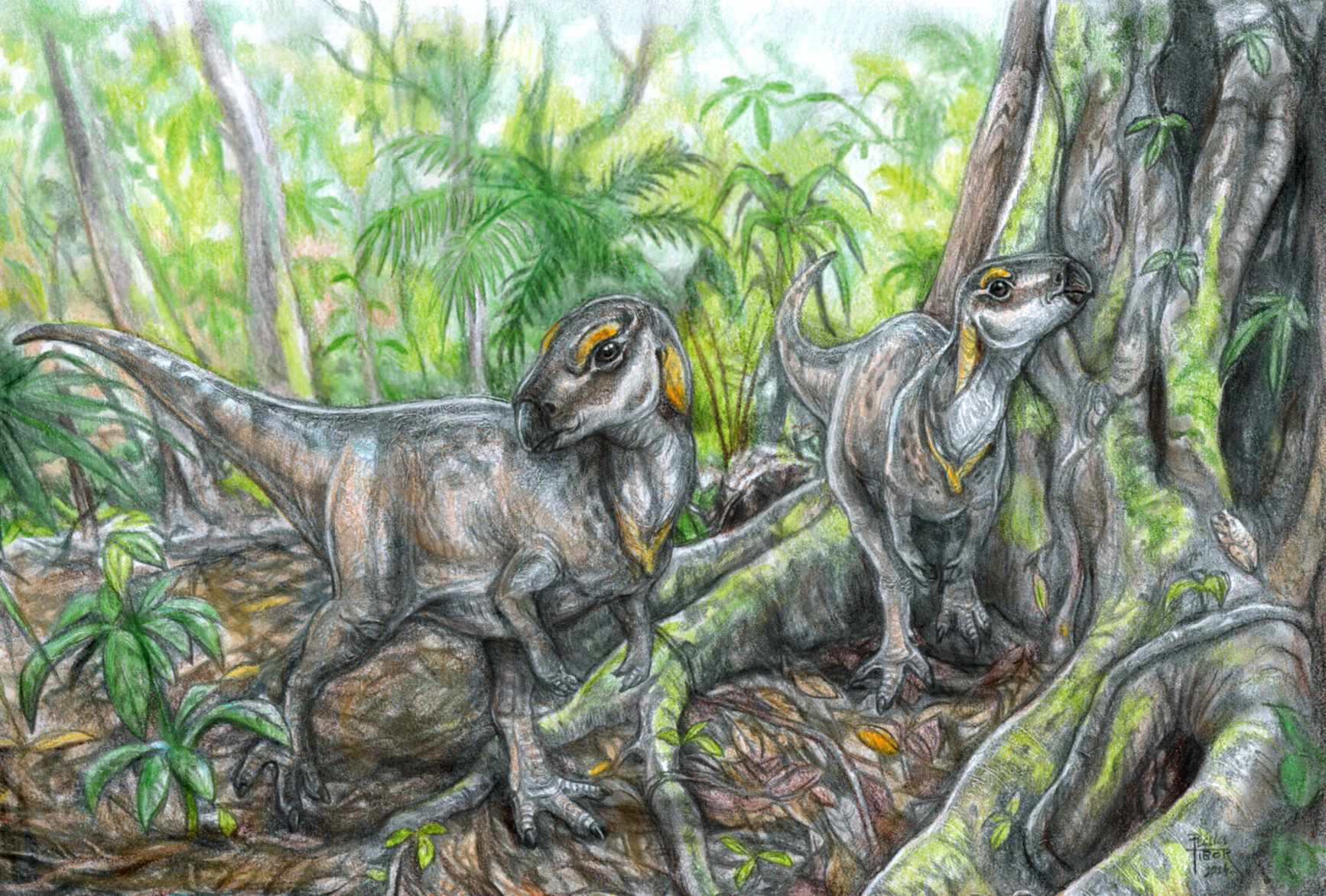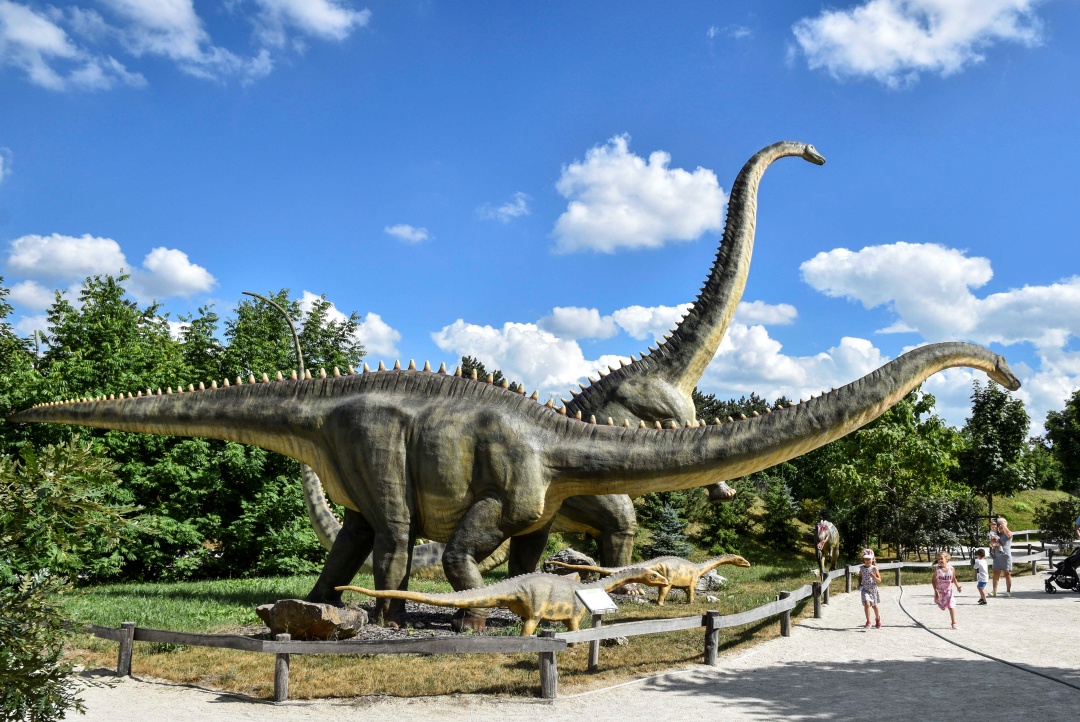
The newly recovered remains are the most complete rhabdodontid skeletons from the region.Continue reading

The Budapest Zoo’s Biodome opens its doors in February with a new exhibition about dinosaurs. The experience is called Őslény körút 16. (Dinosaur boulevard), and promises an interesting attraction and exciting adventure for children and adults alike.
According to the press release, the exhibition will offer an immersive experience, a chance to travel back in time to the Mesozoic Age. Life-size, moving prehistoric models, Virtual Reality (VR) adventures, thematic film screenings, and scientific lectures will educate and entertain guests.
Both fan favorites and little known dinosaurs will be featured. Thanks to the cooperation between The Hungarian Dinosaur Fund and the Zoo Foundation,
there will also be a display of animals whose remains have been found by paleontologists in the Carpathian Basin.
In addition to dinosaurs, some other prehistoric animals, including flying reptiles, will also be on display. In addition to the models, the organizers are also preparing VR tools, interactive excavations, and various educational programs.

Enclosures outside of the Biodome. Photo: MTI/Kocsis Zoltán
A small Hungarian village called Iharkút (western Hungary) is also on the list of famous dinosaur sites.
While the names of T-Rex, Oviraptor, and Hadrosaurus are already known to children, very few have heard of Ajkaceratops, Hungarosaurus, Bakonydraco or Foxemys trabanti, even though they are world-famous Hungarian dinosaur finds.
The exhibition will also give a taste of the results of Hungarian dinosaur research, including findings from the Iharkút excavations. Attila Ősi, head of the Department of Palaeontology at ELTE University, will be giving lectures for the visitors about his experience working on this project.
Via MTI; Featured picture: MTI/Róka László